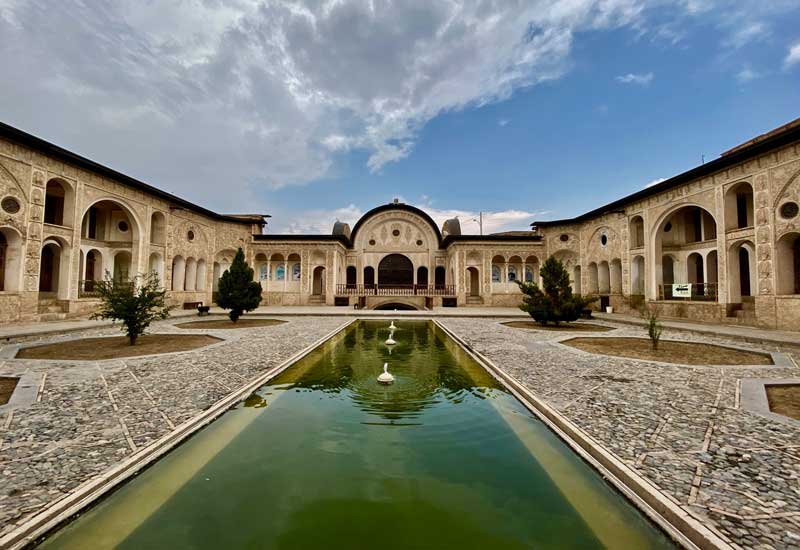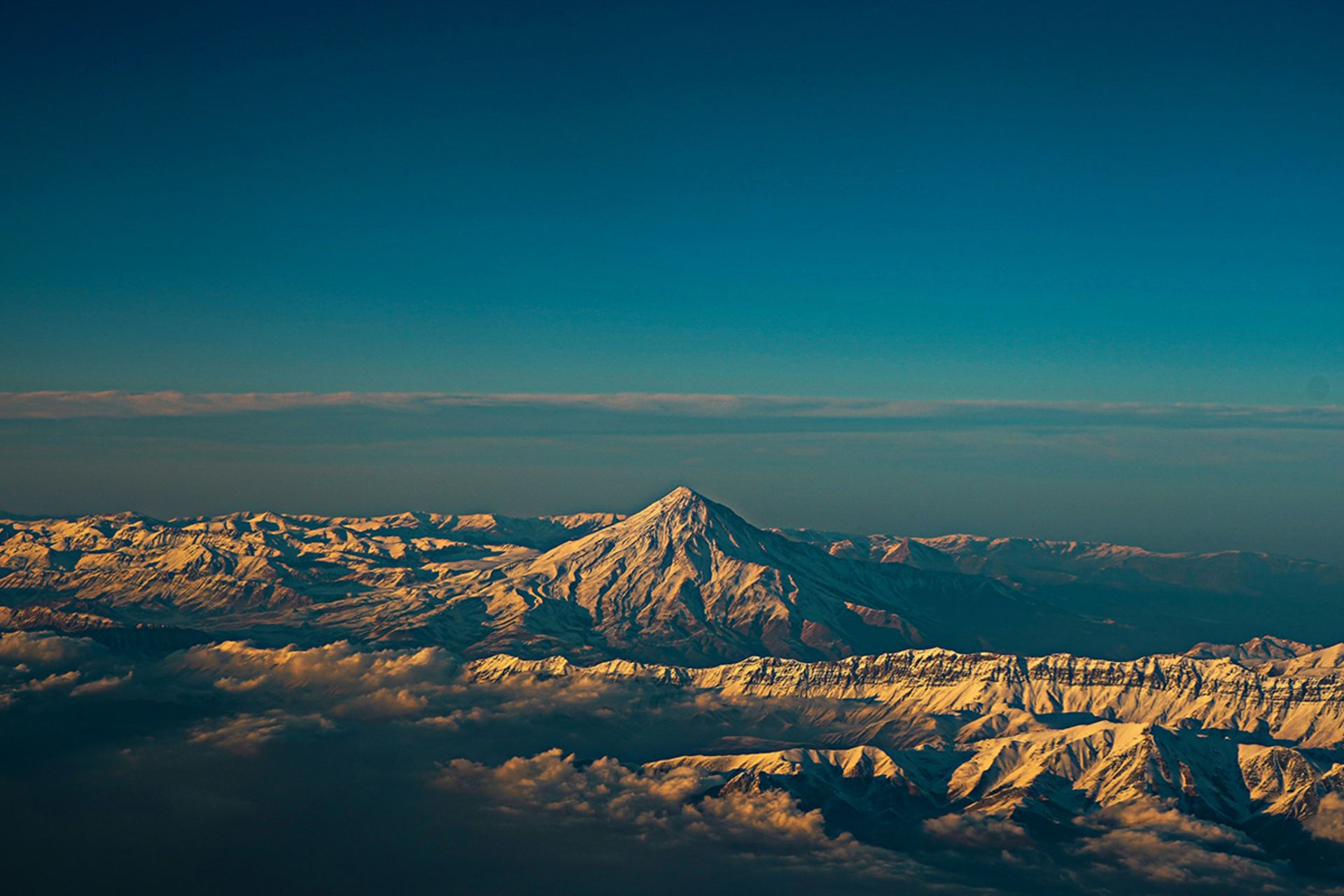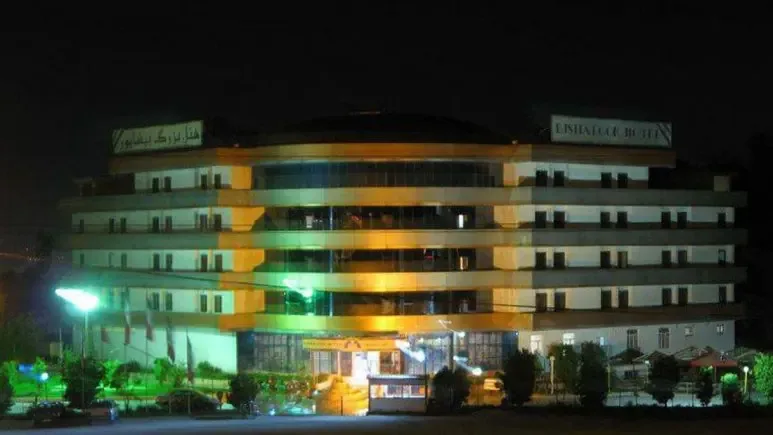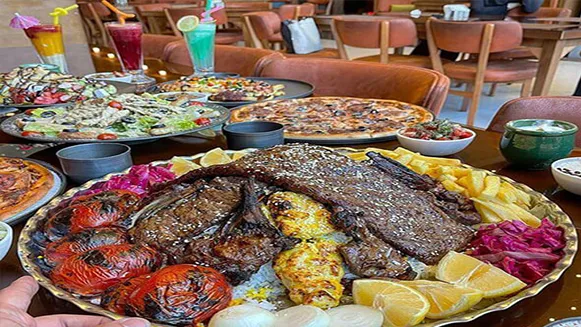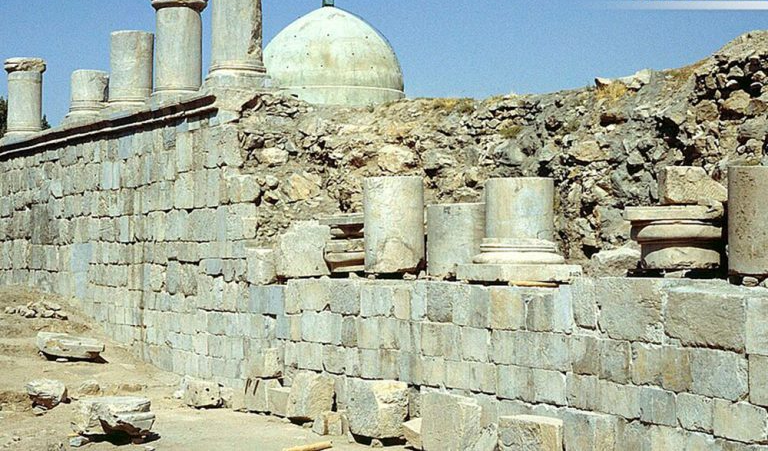Kashan Best Historic Home to Visit | The Tabatabais’ Historical House in Kashan
Let’s explore Kashan in terms of art, culture, and religion. The people of Kashan are known for their devotion to religion and their cultural heritage, evident in their buildings and arts that they have left as a legacy for people worldwide. Elements of strength and spiritual well-being can be found in all the remnants of ancient Kashan. The fragrant scent of the soil and the beauty of the old houses, the freshness of the historical Fin Garden, and the grand historical bazaar are distinct components of the city’s superior architecture and its role as a cultural hub in the region, once a gateway for Silk Road caravans.
Among the architectural wonders of the city, historic houses stand out, as they are an integral part of the daily life of the people. The sight of old houses, symbolic of tranquility and a place for living, can be fascinating for everyone. In this article, let’s get acquainted with the historic Tabatabaei House.

Location of Tabatabaei House:
Tabatabaei House is one of the attractions of Kashan, located in the Sultan Ahmad neighborhood on Alavi Street. It is situated near other notable landmarks in Kashan, such as Borujerdi House and the Imamzadeh Sultan Ahmad.
Address: Isfahan Province, Kashan, Alavi Street
History of Tabatabaei House
Tabatabaei House, known as the bride of Iranian historical houses, is considered one of the historical buildings of Kashan. It was built during the Qajar era by a man named Haji Seyed Jafar Tabatabaei Natanzi, a resident of Kashan and a merchant from Natanz. The house was constructed in the Sultan Ahmad neighborhood and on Alavi Street. The master architect behind the Tabatabaei House was Ali Maryam Kashani, who spent ten years building it. Noteworthy is that other works of this architect include Borujerdi House and Timcheh Amin al-Dowleh.
The plasterwork and paintings in Tabatabaei House were executed by the students of Mirza Abolhassan Sani al-Molk Ghafari Kashani under his supervision. Since the owner of the house was involved in the carpet trade, the plasterwork designs draw inspiration from the patterns of Iranian carpets, featuring Islamic geometric patterns, floral motifs, and birds.
Architecture of Tabatabaei House
The architecture of Tabatabaei House reflects the grandeur and beauty of Persian historical houses. The intricate plasterwork, stained glass windows, central courtyard with a reflecting pool, and a windcatcher showcase the architectural brilliance of the Qajar era. The house is designed to provide comfort and luxury, with attention to both aesthetic and functional aspects.
Different Sections of Tabatabaei House
Tabatabaei House consists of various sections, including living quarters, reception halls, and service areas. Each section is designed with specific functions in mind, contributing to the overall harmony of the house.
Tips for Visiting Tabatabaei House:
– Visitors are advised to appreciate the delicate plasterwork, paintings, and architectural details.
– Guided tours may provide valuable insights into the historical and cultural significance of the house.
– Tabatabaei House is often open to the public, especially on holidays, allowing enthusiasts of traditional and authentic Iranian architecture to explore its beauty.
Tabatabaei House was purchased by the Trusteeship of Historical Buildings of Kashan and underwent restoration and renovation between 1995 and 1997, with the support of the municipality, the Cultural Heritage Organization of Kashan, and the Ministry of Mines and Metals. The house is registered as a national heritage of Iran with the number 1504. Currently managed by the Welfare and Recreation Organization of Kashan, Tabatabaei House welcomes eager visitors and architecture enthusiasts daily, particularly on holidays.
Architecture of Tabatabaei House
Tabatabaei House, like other historical buildings of its time, boasts architectural authenticity and design tailored to the culture and climate of the specific region, adorned with elaborate and splendid decorations. Stepping into the majestic interior of this house, you will be greeted by a cool and refreshing breeze, inviting you further inside. Descending a staircase of 20 steps, you enter a beautiful and spacious courtyard. The captivating beauty of the courtyard will leave you enchanted, with a large and ornate pool stretching from one end to the other, where redfish gracefully swim. Six octagonal gardens, brimming with beautiful flowers, enhance the freshness of the courtyard.
In the construction of the old houses in Kashan, attention was paid not only to the climate and weather conditions in a scientific and principled manner but also to religious and Islamic beliefs. This includes a form of veil and a preserved design, ensuring that the interior of the house is not visible from the outside, and even from the rooftops of neighboring houses. In essence, not only is the entire interior of the house concealed from the outside, but each section within the house also benefits from its own specific veiling and privacy.
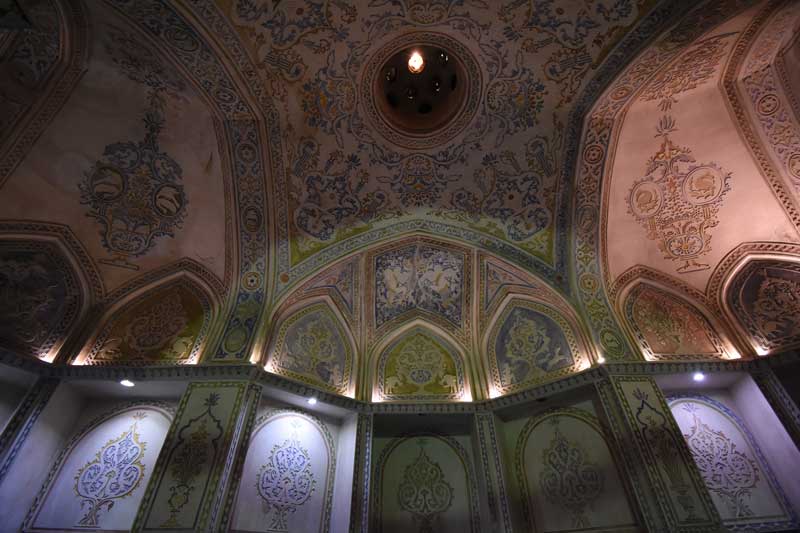
Tabatabaei House: A Garden-Trench Structure
The architectural style of Tabatabaei House is characterized by a garden-trench structure, creating a symmetrical and harmonious design. A garden-trench structure means that the house’s garden is situated in a trench. This design not only provides structural strength and earthquake resistance but also facilitates water supply to the building. Moreover, the moisture from the trench is utilized for the growth of plants. Placing the building within the soil (using a garden-trench structure) provides thermal insulation for the house. It neither heats up quickly in summer nor cools down rapidly in winter.
Wind-Catchers of Tabatabaei House
Another remarkable feature of Tabatabaei House is its natural and non-mechanical ventilation system, particularly through wind-catchers. The wind-catchers function by drawing cool and fresh air from the rooftop into a dark and cool tunnel called “Saruj,” approximately 8 to 10 meters deep. The cool air descends gently, providing freshness, vitality, and coolness to the underground space.
This ventilation system, in use for 175 years, showcases its effectiveness in providing natural and refreshing airflow without the need for modern air conditioning systems. The wind-catchers utilize the natural breeze to maintain comfort and well-being for the residents.
Different Sections of Tabatabaei House
Tabatabaei House covers an area of 4,700 square meters and consists of three main sections: the inner section, the outer section, and a section dedicated to the staff. The house comprises 40 rooms, four courtyards, four basements (underground spaces), three wind-catchers, and two channels for qanats (underground water channels). The central courtyard belongs to the outer section, two courtyards belong to the inner section, and one courtyard serves the staff area. The house has five entrance doors, with the main entrance divided into inner and outer sections. The winding corridors of the entrance serve to break the height difference and avoid direct visibility.
The inner section of Tabatabaei House was the living area for the Tabatabaei family. A central penthouse room, surrounded by two courtyards on each side and basements with wind-catchers, forms different parts of the inner section. The northwest courtyard is larger with more rooms and features a separate reception area.
The large hall (royal seating area) in the center, adorned with stained glass windows, colorful lattice windows, and double-sided vertical windows that open and close, forms the heart of the inner section. The royal seating area is embellished with paintings, mirror work, and beautiful plasterwork, creating a visually stunning space. In front of the royal seating area, there is an alcove with intricate mirror work and fascinating plasterwork. Two secluded and light-filled courtyards on either side of the grand hall feature exquisite painted panels, considered precious works of art.
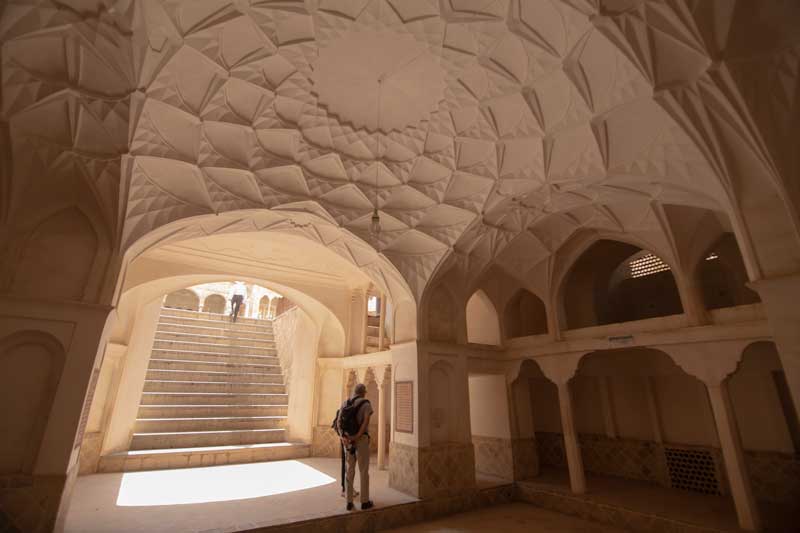
In the construction of Tabatabaei House, artists such as the painter of Nasser al-Din Shah’s court door, “Mirza Abolhassan Ghafari Kashani,” known as “Sani al-Molk,” played a role. It is said that he was a friend of the house’s owner and supervised the plasterwork and painting, contributing to the artistic beauty of the house.
The staff area of Tabatabaei House includes staff rooms, a basement for the staff, a kitchen, and winter and summer stables. Some of the staff rooms are no longer present. The water needed for the house was supplied from two qanats: Doltabad and Nasrabad.
In conclusion, Tabatabaei House represents a masterpiece of architecture, blending aesthetics with functionality, and integrating traditional elements with innovative solutions for climate control and comfort. Its enduring ventilation system and garden-trench structure continue to showcase the brilliance of Persian architecture, making it a captivating destination for enthusiasts of historical and cultural heritage.
Visiting Tabatabaei House
Visiting Hours: 9 AM to 5 PM
Ticket Price (as of 2022): Five thousand Tomans
Frequently Asked Questions:
Where is Tabatabaei House located?
Isfahan Province, Kashan, Alavi Street.
What is the historical period of Tabatabaei House?
Qajar era.
What are the visiting hours of Tabatabaei House?
From 9 AM to 5 PM.
How is the architecture of Tabatabaei House?
It is characterized by a garden-trench structure, symmetrical design, and a veiled style.
Notes for Visitors:

